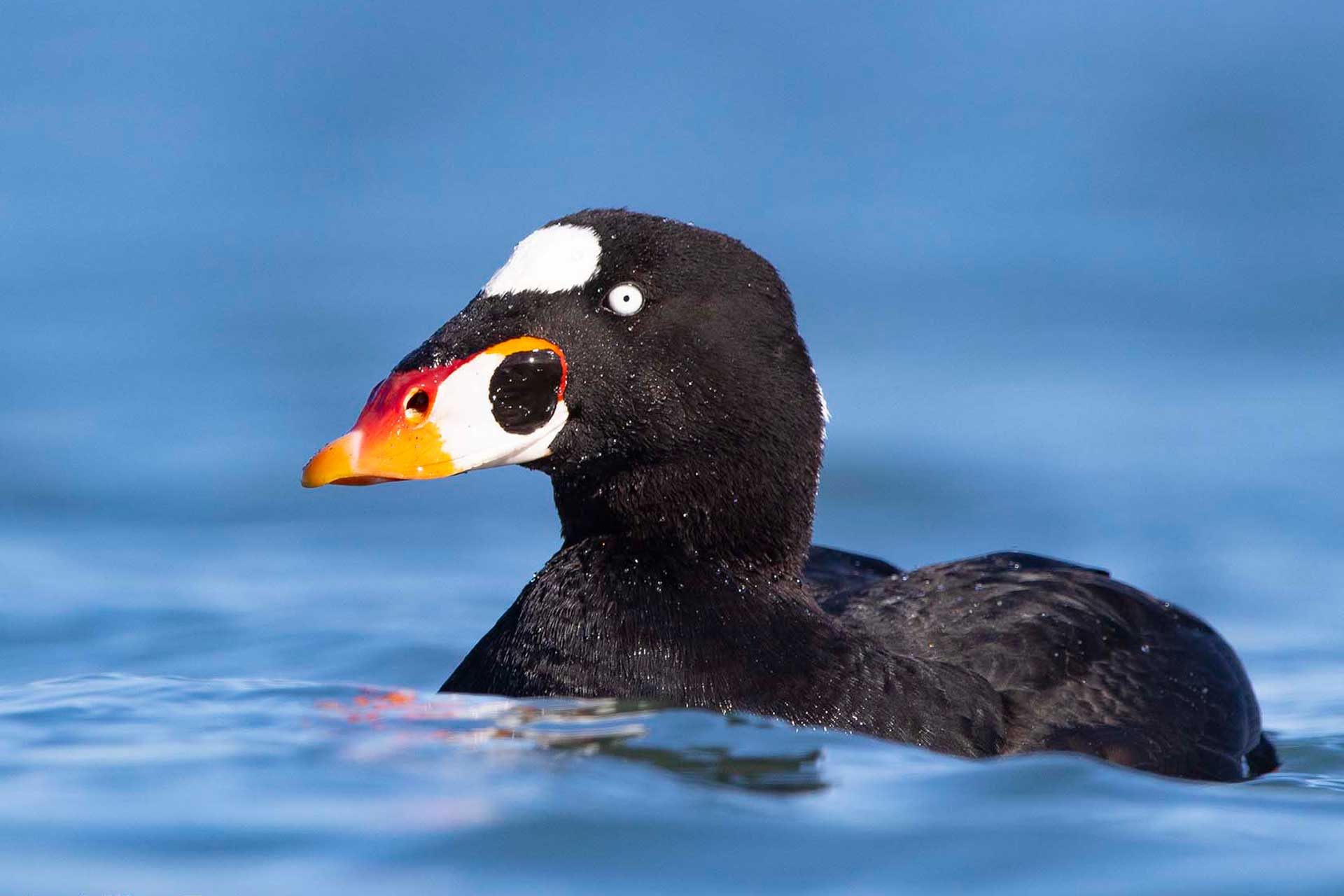Project Description: In 2020 the Sea Duck Joint Venture funded a pilot study (
Project 158) to evaluate the ability of feather stable hydrogen isotope (δ 2H) data to delineate the most probable fledgling locations of juvenile long-tailed ducks and surf scoters harvested in North America. That study indicated that stable isotopes show promise for identifying the fledging locations of juvenile long-tailed ducks and surf scoters harvested in North America. However, that study had relatively small samples sizes and it also raised additional questions related to the potential of coastal/marine habitat as fledging areas and variation in the location of breeding habitats among flyways for birds provisioned in terrestrial/freshwater habitats. The present project aims to address these issues by describing the broad-scale dispersal patterns of juvenile sea ducks and delineating the breeding grounds of long-tailed ducks and surf scoters.

